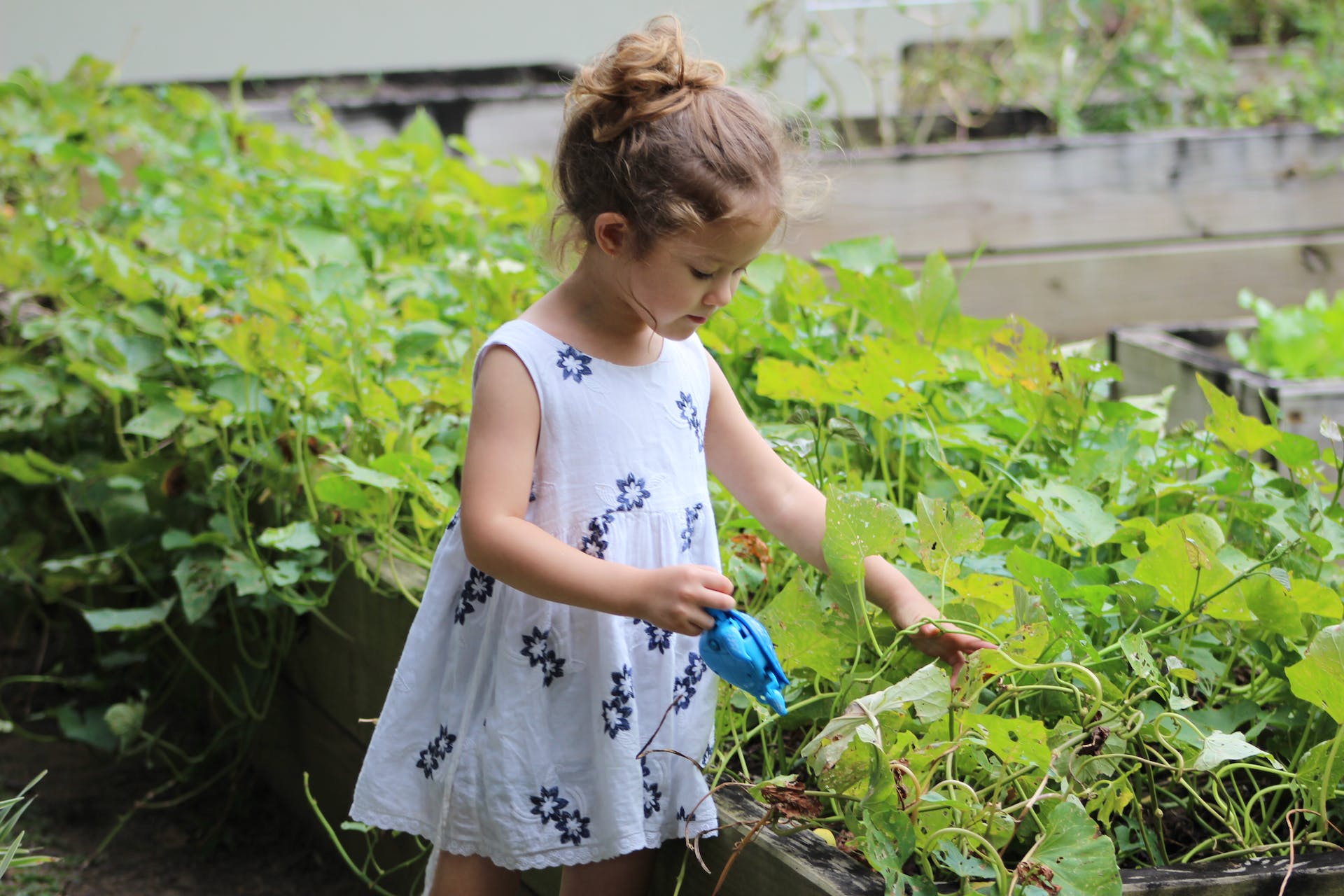Child-friendly garden spaces are a massive advantage for your family. Outdoor space that is safe and inviting helps children reap the benefits of being outdoors. As a result, mental and physical health is improved by soft play and discovering what the garden has to offer.
Begin by Creating Pathways
Pathways make any garden look stunning. When done properly, they add aesthetic value to the garden and help separate areas for easy navigation. However, they also provide a safety aspect for children by making them easily walkable or rideable if they are large enough. Keeping a pleasing style helps maintain the overall look of the project, and your stone supplier can offer various styles for installation. Or you can use softer materials in the children’s areas, too.
Think About Soft Play Areas
Further to soft areas, any play areas will need to accommodate the children. Kids fall and tumble, and stone, tarmac, or gravel won’t be suitable for this. A turf lawn is common and popular because it provides a stable and soft ground for playing. However, you can also consider laying down recycled rubber or even softwood shavings in the play areas. These act like shock absorbers and will help prevent serious injuries should any kids fall and bump heads.
Cover in a Child-Friendly Garden
Kids love having somewhere they can gather and socialize. Some kind of covered area is usually the best way to go. A tree house, gazebo, or cabana area all make excellent cover areas. These provide a little peace and quiet, and somewhere, kids can let their imaginations run wild. However, they also have protection from the sun. Around 50% of our exposure to UV radiation occurs before the age of 20, so it can help keep the children a little safer when playing.
Let Them Play, Learn and Discover
Of course, kids love playing in the garden. There is so much for them to do when a garden is maintained. Getting out into the wild for a little while is believed to encourage socialization and build confidence in kids. It also gets them used to things such as bad weather and bugs. Children can grow up with an extended appreciation for wildlife and ecosystems when they understand what they are and how they work. It is also believed to strengthen immunity.
Fresh Garden Vegetables
As we know, it can be hard to get children to eat their vegetables. There are many reasons this happens, and one of the most common is they don’t understand them. A garden vegetable patch that the kids can get involved with increases the chances of them eating veg. Some great examples the kids can plant and watch them grow include sugar snap peas and herbs like mint. These are low maintenance and grow really quickly, helping children feel attached to them.
Summary
Creating well-designed pathways helps with child-friendly garden spaces where kids can easily navigate for fun and education. Being in the garden also exposes children to the sun, so a covered area is necessary. And allowing them to grow vegetables helps them feel attached.
